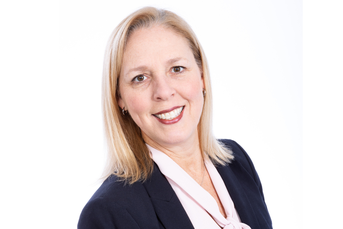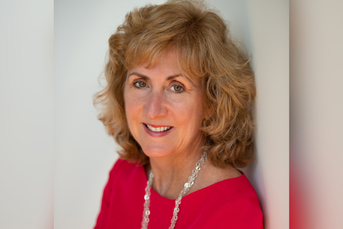Is 50/30/20 the new 60/40?

Alternatives asset manager says strategy is outdated but CIO argues talk of its demise is premature.
While questions surround the validity of the classic portfolio consisting of 60% stocks and 40% bonds, many are considering turning to alternative investments.
The average portfolio allocation to alternatives is expected to jump 3% by 2026. Investors are looking at other ways to allocate assets as returns on stocks and bonds face the pressure of higher yields, a backdrop reminiscent of the historic 60/40 drawdown of 2022. Some even argue that the 60/40 model is outdated.
“If you look at 60/40, it’s 40-year-old technology,” Ramin Kamfar, founder and CEO of alternative asset manager Bluerock, said in an interview with InvestmentNews. “Institutions realized when you run an analysis, alternatives will make the portfolio more efficient. You get higher return with lower level of risk. So that’s what the leading institutions have been doing.”
The problem, Kamfar says, is that this solution hasn’t been available to individual investors and advisors. “Alternatives should be a big part of that allocation. It [isn’t] really the leading edges in 60/40 anymore, it’s 50/30/20, with a 20% allocation toward alts.”
Jeff Schwaber, CEO of Bluerock Capital Markets, said 60/40 hasn’t worked for several reasons.
“One, because there hasn’t been yield, and two, as there’s been a plethora of interest-rate hikes, the price of the underlying fixed-income security or the bond has gone down and down. So it’s been challenged,” Schwaber said.
Brad McMillan, chief investment officer and managing principal at Commonwealth, argued that 60/40 is doing well and that one or two hits shouldn’t mean the end of it.
“It has broken down over the past year or two, but nothing works all the time,” McMillan said. “The reason we got the results we did was because interest rates spiked up very strongly. It was kind of a unique situation.”
McMillan added that he doesn’t expect interest rates to pop over the next couple of years the way they have over the past couple of years.
Interval funds are a vehicle that Bluerock uses that helps investors access alternatives. While less well-known, interval funds are a morph between closed-end funds and an open-ended mutual fund.
“Many might not realize, but an interval fund is indeed a 40 Act mutual fund that is governed by the SEC,” Schwaber said. “It has all the same corporate governance and visibility. It has a five-letter ticker symbol, it reprices every single day. The only difference is that your liquidity is quarterly, not daily.”
McMillan said that from a regulatory perspective or investor perspective, interval funds bring something to the table. “It also opens the possibility of harvesting some of the illiquidity premium in some of these asset classes in a way that’s more available to the average investor.”
When it comes to what type of alternatives investors or advisors should add to their portfolio, Bluerock says real estate.
“Inflation, which is the environment we’re in now, happens to be excellent for real estate,” Kamfar said. “Because it drives up replacement costs to build an apartment building or to build a warehouse, it also happens to drive up net income on the properties, which is ultimately how you get value.”
Schwaber added that not only does real estate generate income and tax-efficient income, but there has also not been a time that real estate and institutional commercial real estate has not appreciated to a new high through a market cycle as it did in the last cycle.
He said real estate is considered to be the greatest hedge against inflation, which is important to protect against purchasing power risk, and inflationary measures.
“It also lowers portfolio volatility by taking some out of generally more volatile the stock market and putting it into an alternative asset class,” Schwaber said.
“Assuming that you’re in the right kind of real estate, like apartments, warehouse and life sciences, what we like, you’re going to do very well in this inflationary environment,” Kamfar said.
How the Disability Opportunity Fund offers both returns and compassion
Learn more about reprints and licensing for this article.








